
Sharpsmart Reusables vs Single-Use Containing Recycled Polymer
The study compares the Global Warming Potential (GWP) of single-use sharps containers manufactured with 80% recycled polymer with Sharpsmart reusable sharps containers.

Sharpsmart: Impact on Life-Cycle Carbon Footprint
The article compares the global warming potential (GWP) of 40 acute NHS Trust hospitals converting from single-use plastic containers to reusable sharps containers.
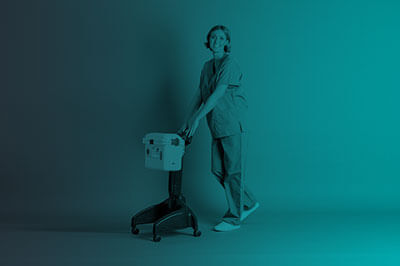
Tonnes of Plastic Reduced with Reusable Sharps Containers
A microbiological study to investigate the volume of plastic that could be reduced through implementation of a reusable sharps container system.

C-Diff Transmission Potential with Sharps Containers
This study examined literature and guidelines to determine the microbiological risk of using reusable clinical waste containers.

Reusable Sharps Containers: Impact on Infection Risk
This study examined literature and guidelines to determine the microbiological risk of using reusable clinical waste containers.

Sharpsmart: 86% Carbon Emissions Reduction
This before/after intervention studies UK hospitals to attain information on the differences in CO2 emissions from reusable and disposable sharps systems.

Sharpsmart: Reusable Sharps Containers Assist in Cutting Carbon
This 12-month study across 10 UK hospitals proves that the introduction of Sharpsmart collectors decreased the average sharps waste and CO2 emissions.
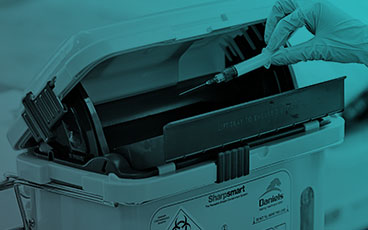
Sharpsmart: 90% Decrease in CO2 Emissions
The assessment study, ‘Reusable Sharps Containers help Chesterfield Royal Cut Related CO2 Emissions by 90%’ was conducted to determine the impact on CO2 emissions from using the Sharpsmart containers.
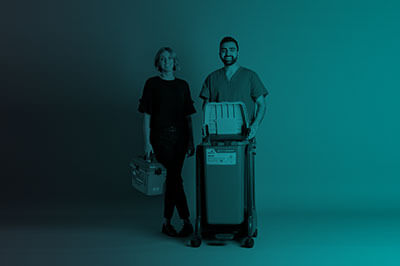
Exposure Injury Reduction Strategies: Results that Protect Lives
This peer-reviewed study interviews clinicians to identify what measures are successful in reducing exposure to body fluid. Preventing the risk of BBP exposure.
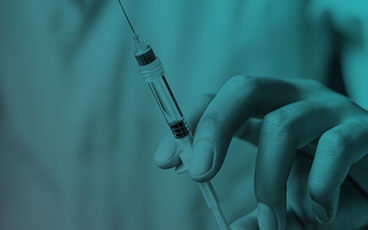
Safety Engineered Devices : Use and Activation in Six Western US Hospitals
A study into the activation rate and use of Safety Engineered Devices (SED) in 6 hospitals in US west.
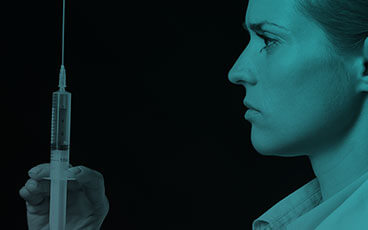
Sharpsmart: Reduction in Sharps Injuries, Costs, and CO2 Emissions
This article explores the positive impacts that the Sharpsmart system had on a 400 bed small acute trust, including a reduction in sharps injuries, a reduction in their carbon footprint, and cost and time savings for staff.
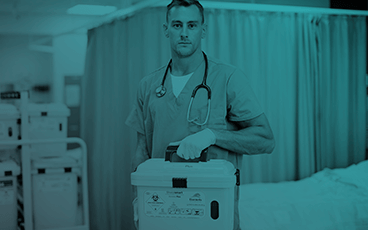
Sharpsmart: Size and Location Impact on Sharps Injuries
This 6-year study examined the impact of converting from a small patient room sharps container to the Sharpsmart reusable sharps container.
-
Explore our latest blog posts and industry news articlesBlog
-
Explore Daniels’ peer reviewed studies and research papersResearch
-
Explore educational tools and waste management resourcesResources
-
Explore our video hub for instructional videos and moreVideos
-
Explore our proven results working with US healthcareCase Studies